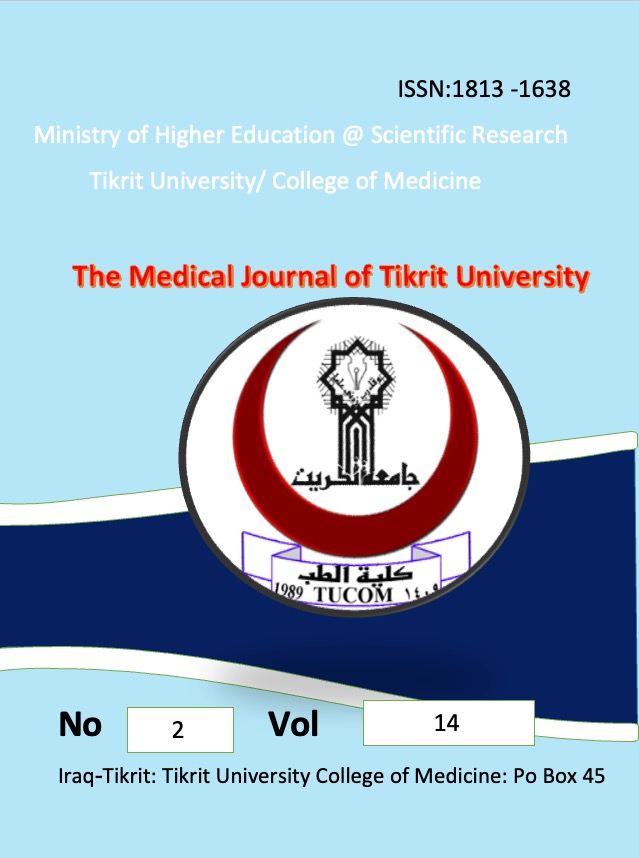Insulin resistance and hyperinsulinemia in non-diabetic non-obese benign prostatic hyperplasia patients
Keywords:
Benign prostatic hyperplasia; Insulin resistance; HyperinsulinemiaAbstract
Benign Prostatic Hyperplasia (PBH) is the most common benign tumor in men, and its incidence is age related. Despite intense research efforts in the past five decades to elucidate the underlying etiology of prostatic growth in older men, cause and effect relationships have not been established. Insulin is a growth-stimulating hormone. Previous studies have reported the association between hyperinsulinemia and BPH in patients with metabolic disorders like diabetes. To assess insulin level and insulin resistance in non-diabetic non-obese BPH cases and correlated them with prostate size. 35 symptomatic BPH cases and 30 controls were included in this study. Fasting serum insulin concentrations were measured by enzyme-linked immunosorbent assay (ELISA). Insulin resistance was assessed by homeostatic model assessment (HOMA). Fasting glucose was quantified by glucose oxidase method. PSA was calculated by ELISA. Prostatic size was measured by ultrasonography. Fasting serum insulin and HOMA were significantly higher in BPH cases as compared to controls (P value < 0.01 and < 0.001 respectively). Hyperinsulinemia and accompanying insulin resistance were found to be risk factors of increased prostatic size, (P value < 0.001). Hyperinsulinemia associated with insulin resistance are risk factors of increased prostatic size.





